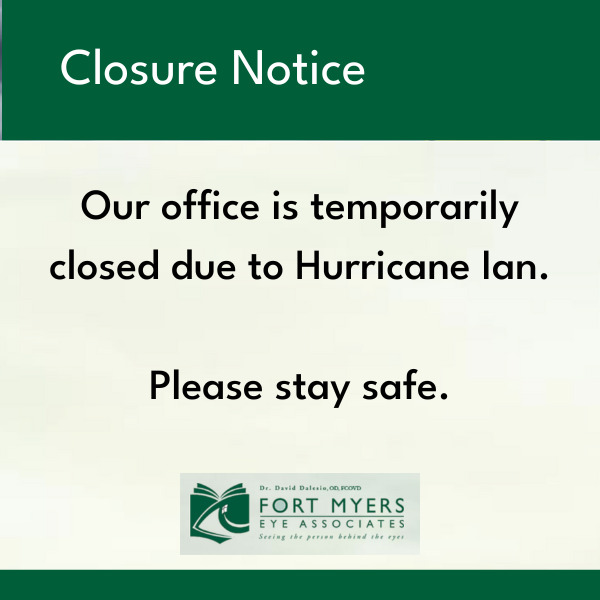Myopia, or nearsightedness, is a condition that affects millions of Americans, and causes faraway objects to appear blurry.
While myopia itself isn’t curable or reversible, it is a highly treatable condition. The symptoms can be managed through eyeglasses, contact lenses, or corrective surgery. However, if caught early, the effects it can have on your eye can be significantly reduced through myopia control treatments. This makes it all the more important to schedule a regular comprehensive eye exam even if you don’t have an existing vision problem.
The earlier myopia development is detected in life, the easier it is to treat. This condition typically develops during childhood, so it’s highly recommended to regularly schedule a children’s eye exam for your child to make sure their vision is the best it can be.
What Is Myopia?
Your eye is a complex system designed to give your brain information on the world around you. First, light enters through the cornea and is refracted so it hits the retina. There, photoreceptors pick up the light and convert it to electrical signals. These are then sent up the optic nerve to the brain, where the image is properly built.
In a healthy eye, there’s a uniform curve on the cornea and lens that allows all light entering the eye to be bent at the precise angle to enter the retina. When the eye has this curve, the process works as intended. However, it’s common for a person’s eye to be slightly misshapen and too long—this means that light is no longer precisely hitting the same point on the retina.
This misshaping of the eye leads to the eye and brain’s inability to make an exact image of your surroundings, causing blurry vision that becomes more extreme the further an object is from your eye. This condition is called myopia.
The common symptoms of myopia include:
- Blurry vision
- Needing to squint to see things at a distance
- Eye strain
- Headaches
- Difficulty reading
What Causes Myopia to Develop?
Myopia typically develops when a person is around school-age, but it can also develop due to excessive screen use. This condition affects roughly 40% of American adults. While we don’t know exactly what causes myopia, we do know that you’re at a higher risk of developing it if:
- One or both of your parents have myopia
- You use screens often
- You often work too close to your face
- You have a lack of sun exposure or time outdoors
While there is currently no known cure for myopia, it is a highly treatable condition. Due to how common it is, there are several options available for myopia management, including eyeglasses, contact lenses, and corrective surgery.
As myopia most commonly develops around school-age, it’s best to take your children in for regular eye exams as well. This will allow you to catch any potential vision issues early so they can be treated as soon as possible.

Is Myopia Reversible? Correcting vs. Reversing Myopia
Correcting myopia and reversing it are two different concepts.
Correction refers to methods such as glasses, contact lenses, or refractive surgery to adjust the way light enters the eye, allowing for clear vision without changing the underlying structure of the eye. These provide temporary or long-term clarity but do not stop or undo the elongation of the eyeball that causes myopia.
Reversing myopia, on the other hand, would mean restoring the eye to its original shape and function, eliminating the need for corrective lenses. Currently, no proven method exists to fully reverse myopia, though certain treatments like orthokeratology and atropine eye drops can slow its progression. While researchers continue exploring potential cures, managing myopia with proper eye care remains the best approach.
How Is Myopia Treated?
Since myopia is treatable, there are several options available. If you suffer from nearsightedness, blurry vision, or any other vision-related problems, you should book a comprehensive eye exam with your optometrist so they can determine what exactly is causing them.
If myopia is caught early, your optometrist will likely recommend:
- Prescription eyeglasses
- Specialty contact lenses
- Orthokeratology, also known as ortho-k. These are special contact lenses worn overnight that temporarily reshape the eye.
- Atropine eye drops
- Corrective surgery
By following the routine your optometrist advises, you can reduce the effects myopia has on your or your child’s everyday life.
What to Do if You Have Myopia
If you’ve recently noticed your vision is blurry when you’re trying to focus on something further away, we recommend visiting your eye doctor.
Here at Fort Myers Eye Associates, we offer several different options for myopia management for both adults and children. We care about helping you achieve clear and comfortable vision. Book a comprehensive eye exam today with our team today.





